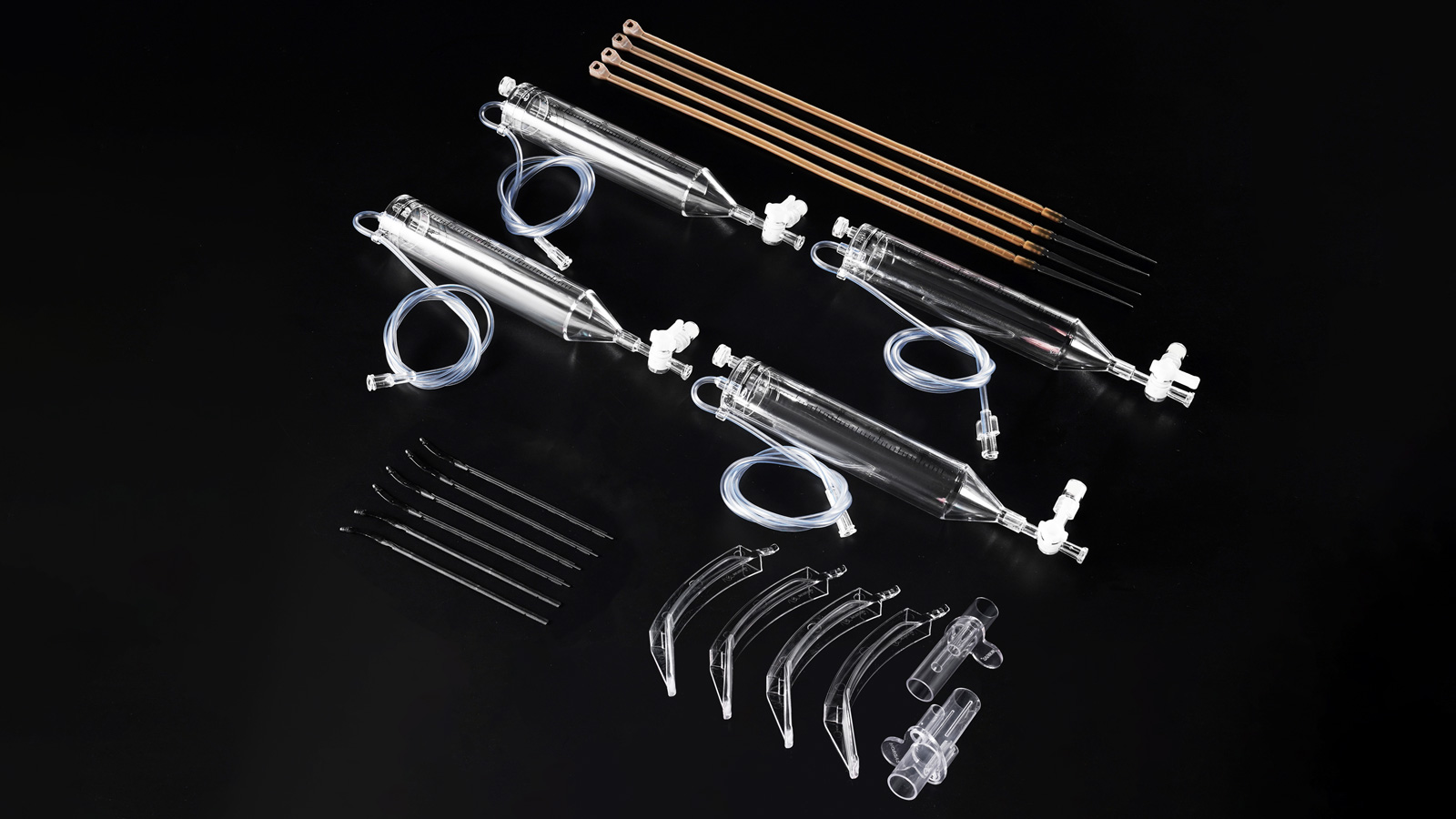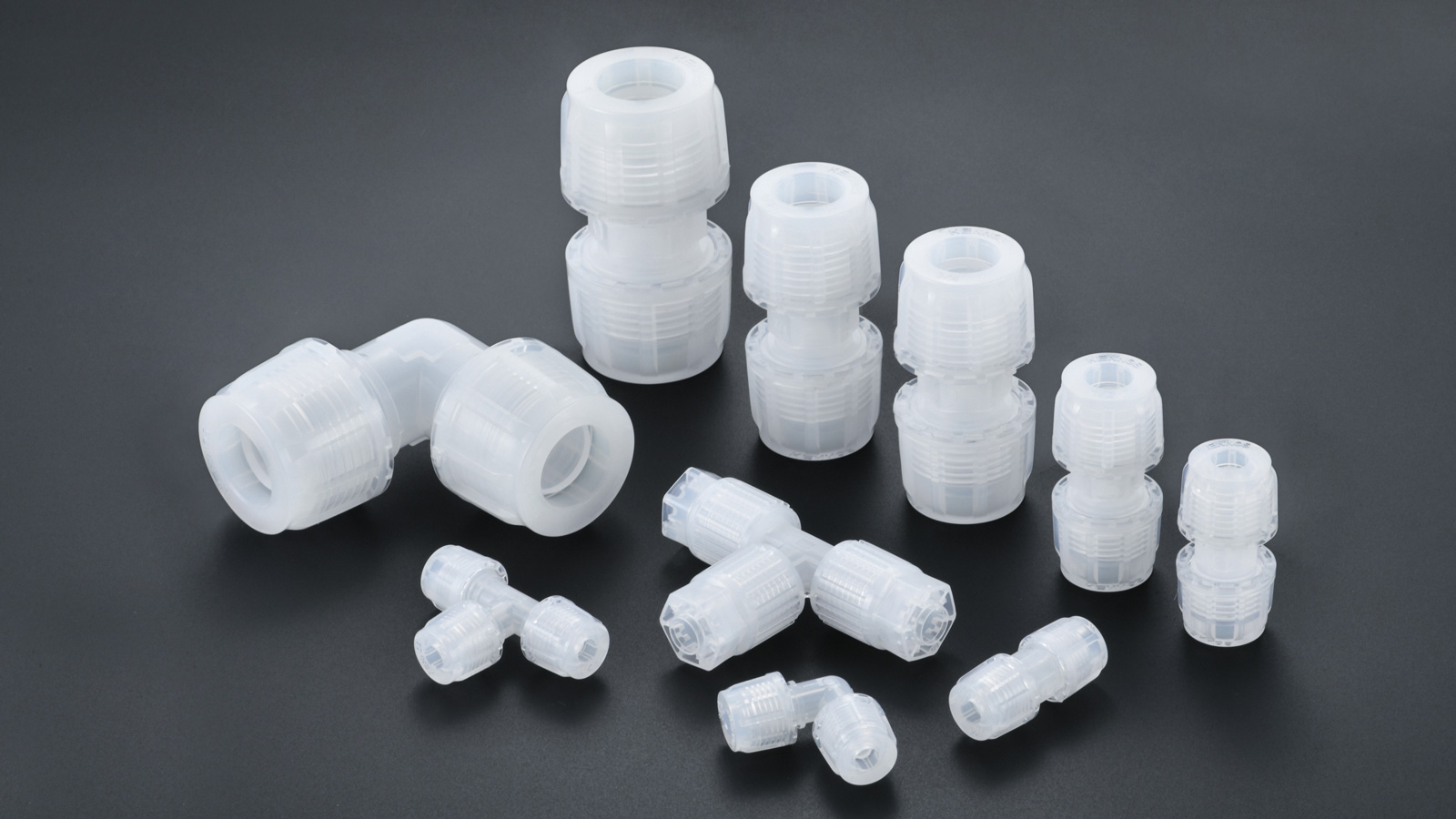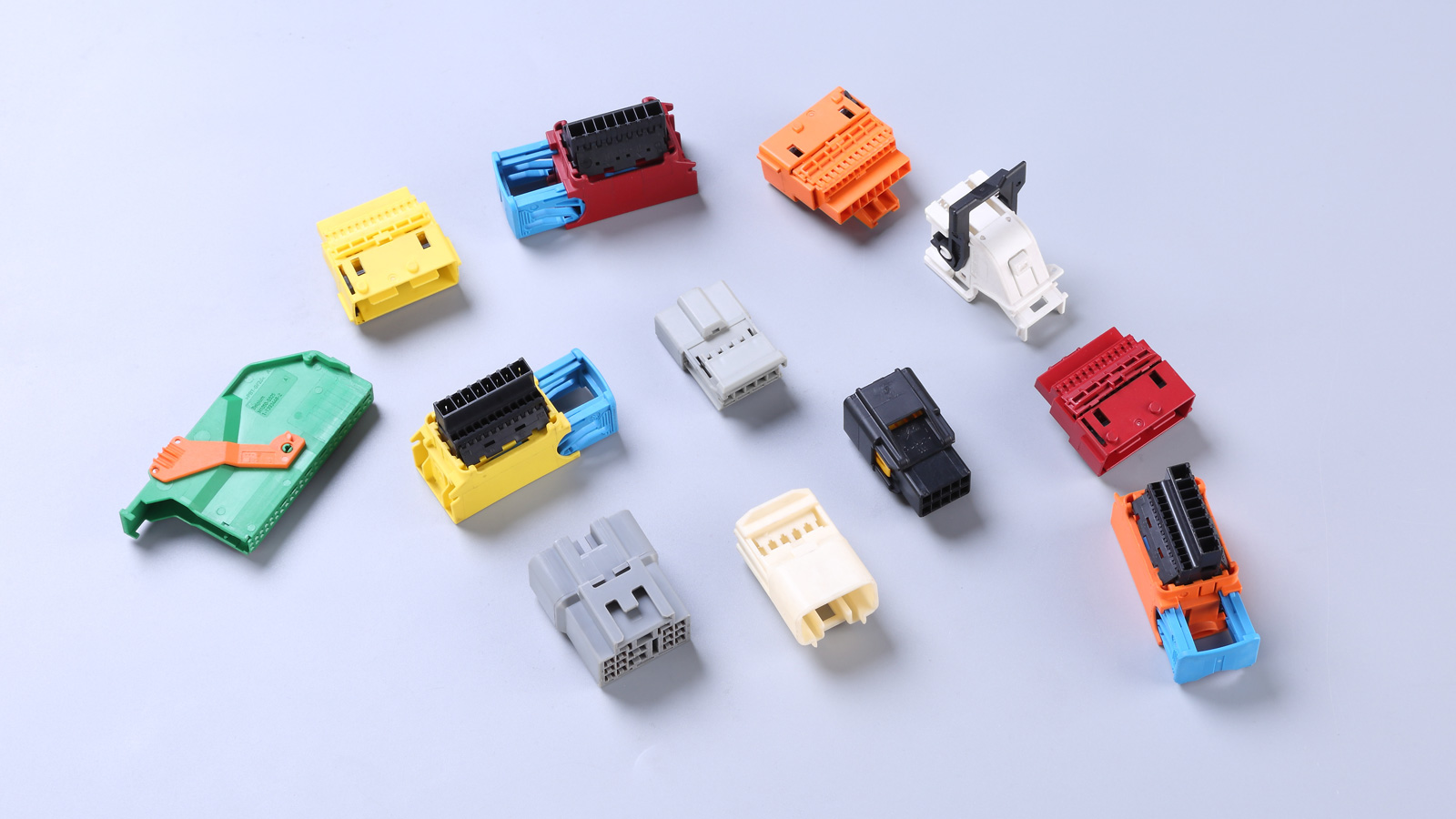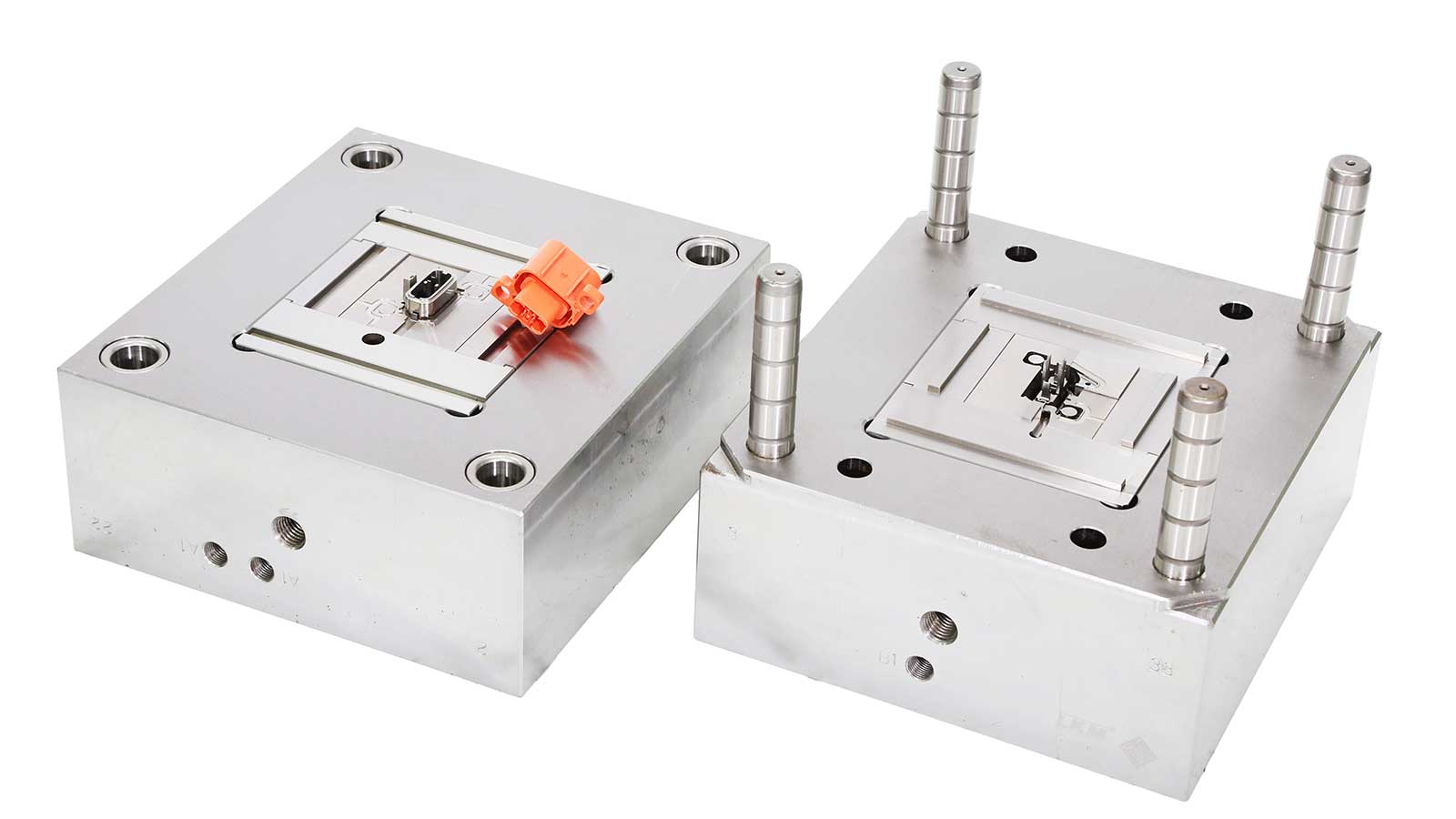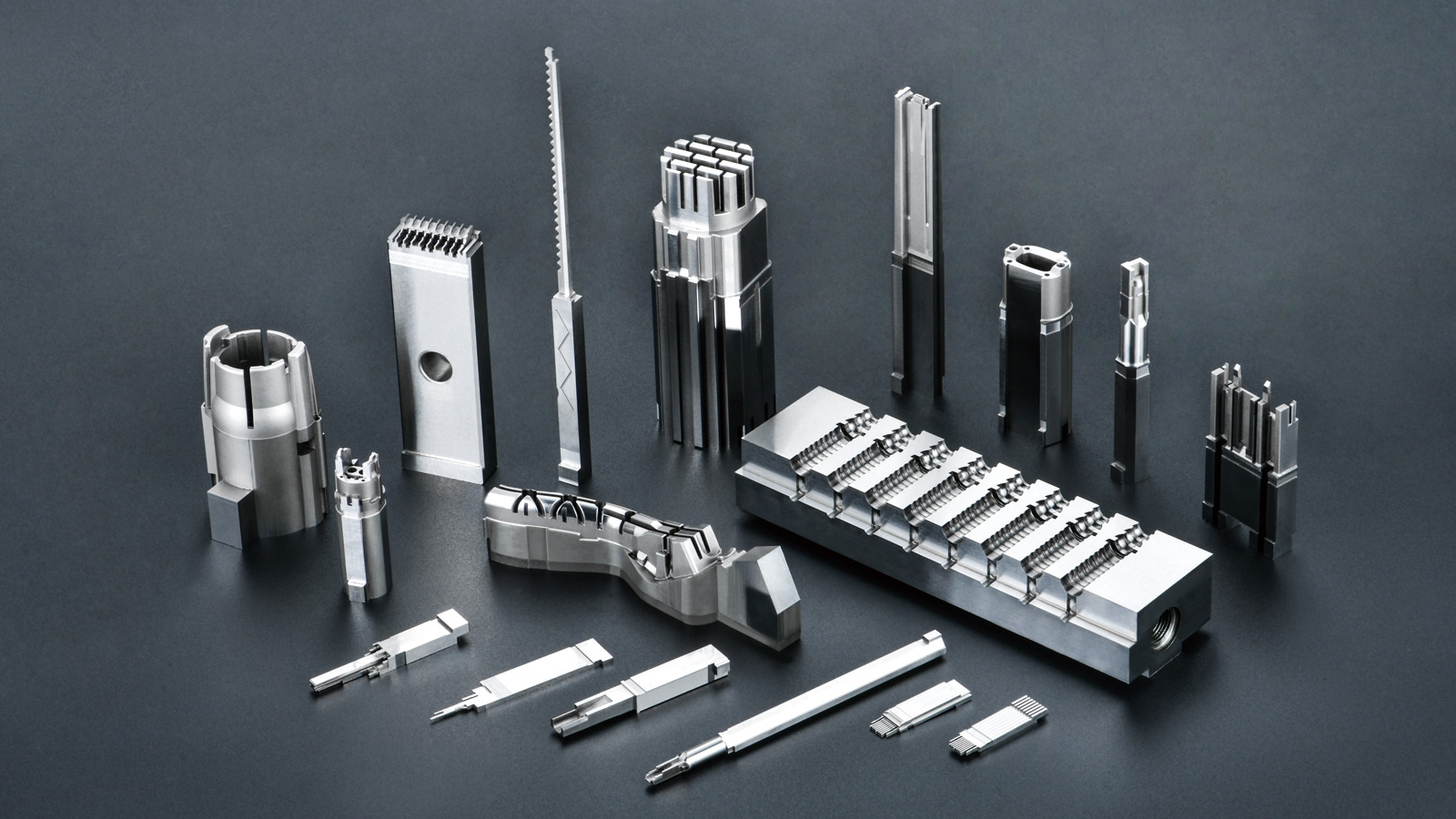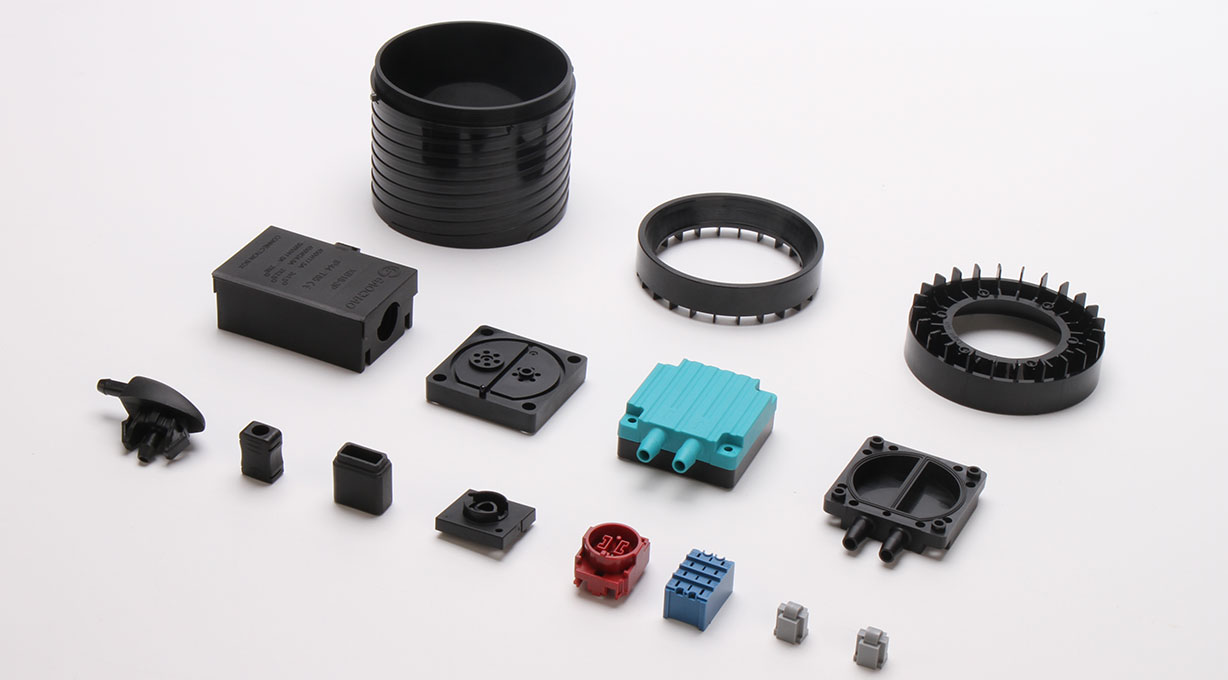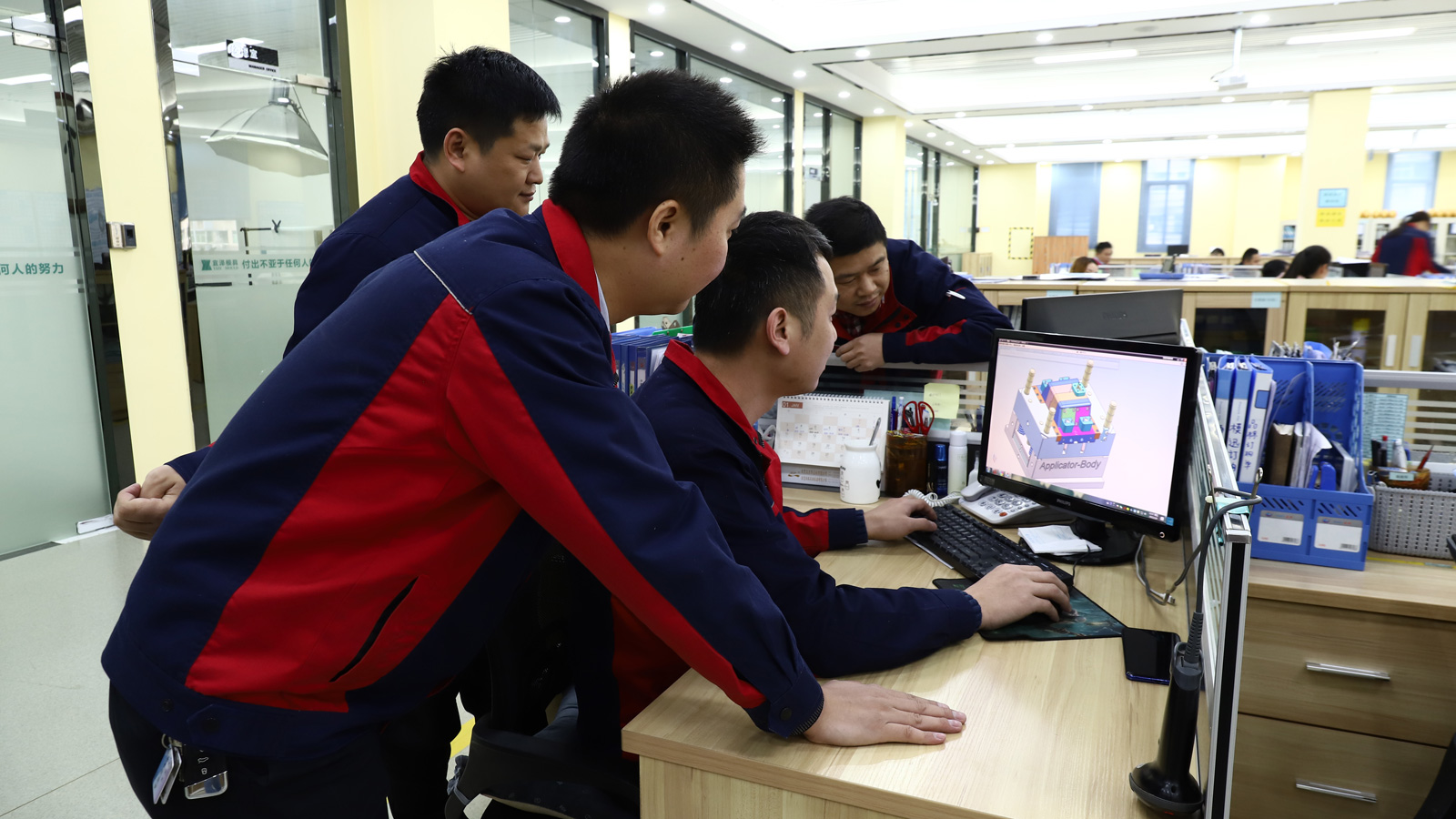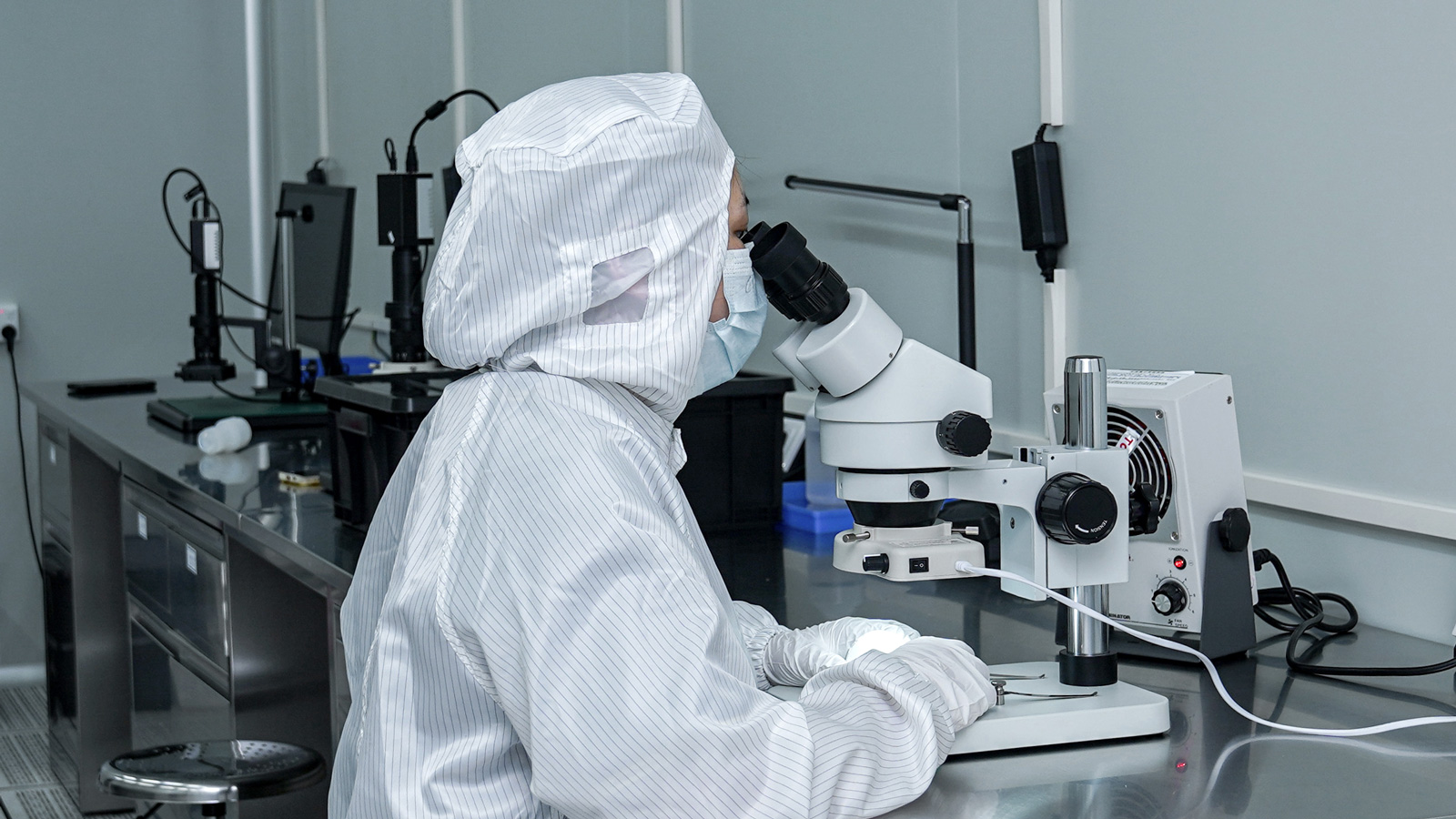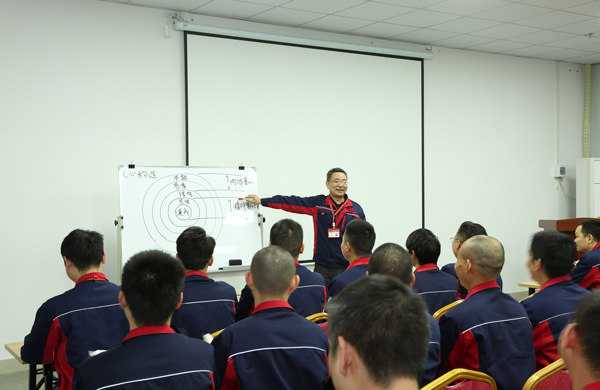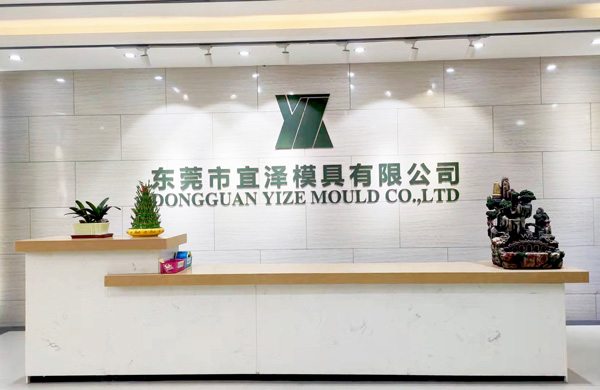In the injection molding process, the selection of temperature parameters is undoubtedly crucial. Today, I will guide you through another key factor that equally affects the quality of plastic parts – pressure. Pressure plays a pivotal role in every aspect of the injection molding process, with plasticizing pressure and injection pressure being the two core elements.
1. Plasticizing Pressure: The Foundation for Quality
Plasticizing pressure is particularly critical in screw-type injection molding machines. As the plastic melts and plasticizes in the barrel, the molten material continuously moves forward and accumulates, forming a force that pushes the screw backward. To ensure uniform compaction of the molten material and prevent the screw from retreating too quickly, we need to apply a pressure in the opposite direction to the screw’s retreat, which is known as plasticizing pressure, or back pressure.
The magnitude of plasticizing pressure directly affects the plasticizing process, effect, and capability of the plastic. Under the same conditions, increasing the plasticizing pressure can raise the temperature of the molten material and improve its uniformity, facilitate the even mixing of colorants, and effectively eliminate gases in the molten material. However, excessive plasticizing pressure can also reduce the plasticizing rate, prolong the molding cycle, and even cause plastic degradation. Therefore, while ensuring the quality of the plastic parts, the plasticizing pressure should be kept as low as possible.
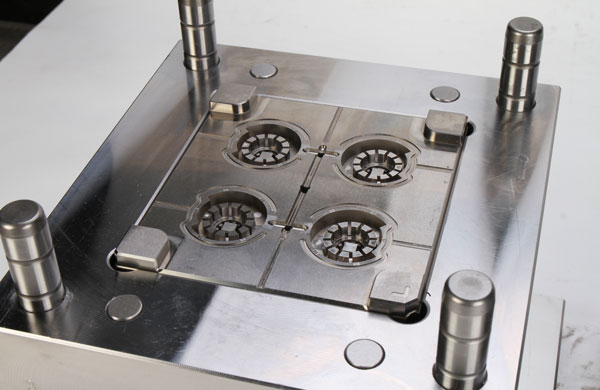
2. Injection Pressure: The Driving Force for Part Forming
Injection pressure refers to the pressure applied by the plunger or the top of the screw to the plastic melt. Its role is to overcome the resistance during the flow of the molten material into the mold cavity during injection, ensuring that the molten material fills the cavity at an appropriate speed, and then compacts the molten material and prevents backflow after it is fully filled.
The magnitude of the injection pressure is influenced by various factors, including the type of injection molding machine, the type of plastic, the structure of the injection mold, the mold temperature, the structure and size of the gating system, and the shape of the plastic part. Generally, plastics with high viscosity require greater injection pressure; thin-walled, large-area, and complex-shaped plastic parts also require higher injection pressure. Conversely, when the injection mold structure is simple and the gate size is larger, the injection pressure can be appropriately reduced. The injection pressure of a plunger-type injection molding machine is usually greater than that of a screw-type injection molding machine; and when the barrel temperature and mold temperature are high, the injection pressure can be correspondingly reduced.
Due to the numerous factors that affect injection pressure and their complex relationships, it is necessary to start with a lower injection pressure for trial molding before formal production, and gradually adjust it based on the quality of the plastic parts, ultimately determining the most reasonable injection pressure. In addition, after the molten material fully fills the mold cavity, it needs to be held under pressure for a certain period of time. The holding pressure is generally equal to or less than the injection pressure. The higher the holding pressure, the higher the density of the plastic parts, the smaller the shrinkage, and the better the mechanical properties. However, the residual stress inside the plastic parts after demolding will also increase, which may lead to difficulties in demolding.
In summary, precise control of plasticizing pressure and injection pressure is key to ensuring stable injection molding processes and improving the quality of plastic parts. In actual production, we should consider specific situations, comprehensively consider various factors, and continuously optimize pressure parameters to produce higher-quality plastic parts.
